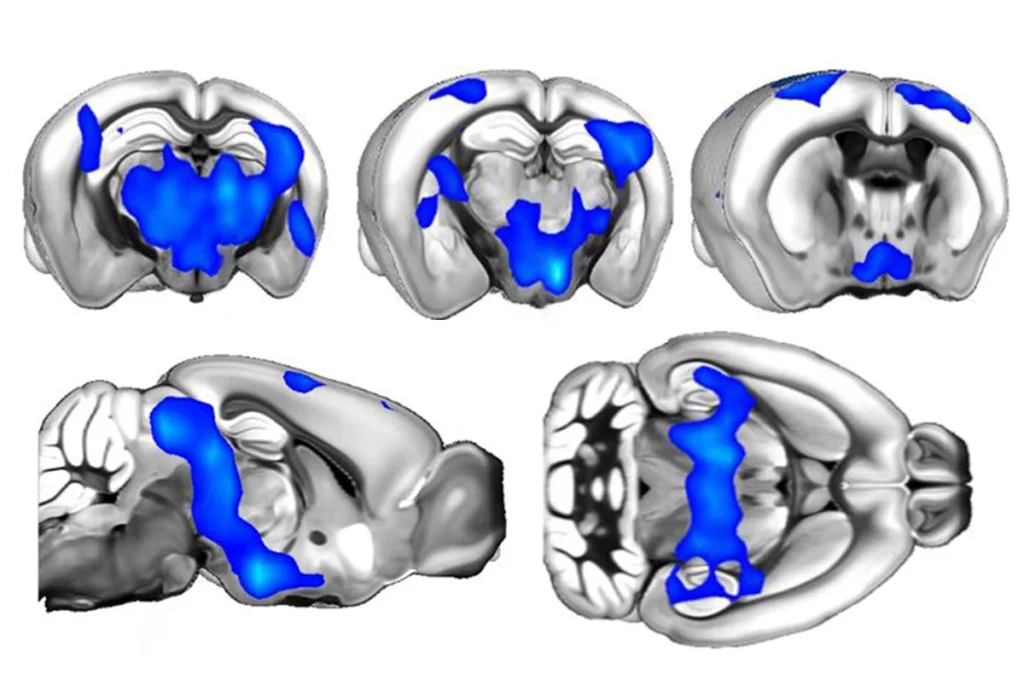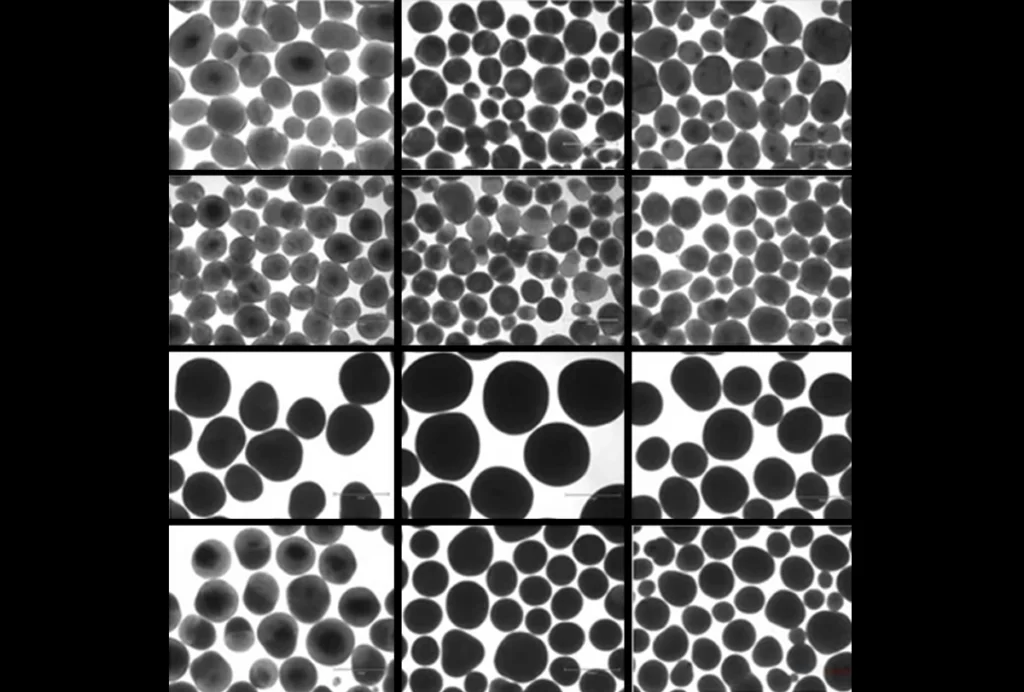Male slant to research may skew autism’s reported sex ratio
Clinicians may need to go beyond the ‘masks’ to find autism in women.

Sometimes it’s hard to be a man: Boys seem to be more vulnerable to almost every neurodevelopmental condition. Attention deficit hyperactivity disorder, language impairment, developmental coordination disorder, dyslexia, tics and conduct disorders are all more common in boys than in girls.
However, autism spectrum disorder shows a particularly high male preponderance, which has been taken as an important clue to its origins. For example, Simon Baron-Cohen, inspired by Hans Asperger’s 1944 comment that autism might be seen as ‘an extreme form of maleness,’ has built a theory around fetal testosterone exposure and an ‘extreme male brain’ in autism that processes systems well but social information poorly.
The sex ratio in autism varies across the autism spectrum, with the general estimate of 4- or 5-to-1, falling to 2-to-1 in those who also have intellectual disability and rising to 10-to-1 in those of average intelligence or above. Studies of diagnosed individuals (nicely reviewed and synthesized by Meng-Chuan Lai and his colleagues), suggest higher rates of both intellectual and other comorbid difficulties in females versus males with autism1.
This has been interpreted as evidence that females require a bigger etiological ‘hit’ to show autism: the so-called ‘female protective effect’ hypothesis. This idea has received support from a variety of sources; for example, studies have reported a greater genetic burden (more copy number variants — large deletions or duplications of DNA) in females than males with autism.
In work led by Elise Robinson, we identified boys and girls who were in the top 5 to 10 percent for autism traits in large population cohorts in the U.K. and Sweden, and found that siblings of these girls have higher autism traits than do the siblings of boys. This suggests a greater genetic load in the girls’ families2.
However, it is also possible that autism is less well-recognized in women and girls, and especially in those who do not have other impairments, than it is in boys and men. Biases in perception, assessment and diagnosis of autism may play a role in amplifying the skewed sex ratio. It’s important to note that the gender ratio in (the few) population-based studies with thorough ascertainment is considerably lower than that from clinic-based studies, suggesting possible biases in diagnosis.
Biased beliefs:
Research suggests girls tend to be diagnosed with autism at a later age than boys are, and that even with similar levels of symptom severity, they are less likely to be diagnosed, supporting the idea of diagnostic bias.
There may be additional diagnostic barriers for girls. For example, parental reports may be biased by cultural and social expectations in a way that reduces their relevance for autism. Parents may expect more social behavior from their daughters than from their sons and so may prompt and scaffold this more, or may interpret their daughters’ behavior to be more social than it actually is.
Many women with autism describe using camouflaging strategies, such as copying the behavior, clothes and hairstyle of a female peer at school or work. Symptoms of autism may also present somewhat differently in females: Clingy behavior in girls may be less easily recognized by clinicians than the classic ‘aloof’ presentation of boys with autism.
It is unclear whether girls exhibit lower levels of rigid and repetitive behavior or simply show types that do not fit the (male) typical autism picture. A girl who tells a clinician she is interested in horses or a particular boy band, rather than the transit system, is unlikely to raise suspicions of autism, unless the clinician probes for unusual narrowness, such as collecting facts only, or intensity of interest.
In addition to a biological explanation for the male preponderance in autism, such as the female protective effect, it seems likely that there is also a contribution from poor recognition of female manifestations of autism — perhaps a ‘female masking effect.’ Clinicians may need to dig deeper to find the social, communication and rigid characteristics of women and girls with autism — asking what they prefer to do when alone, or what it ‘costs’ them (in stress and anxiety) to fit in socially.
To properly explore the possibility of female masking or diagnostic bias, it will be essential for research to go outside the clinic, in order to find girls and women high in autism traits who have not received a diagnosis. We have begun this type of work, using the population-based Twins Early Development Study and measuring autism traits with the Childhood Autism Spectrum Test (CAST).
Katharina Dworzynski compared girls with high autism traits on CAST at age 8 who did versus did not meet diagnostic criteria for autism by age 10 to 12 years, and did the same for boys3. Using this design, we found that low intelligence and additional behavior problems noticed by teachers distinguish the diagnosed versus non-diagnosed girls, but this is not the case for boys.
This finding suggests that girls require additional difficulties to pass the diagnostic threshold, indicating that current diagnostic criteria and instruments are not well tuned to pick up autism in high-functioning females. Alternatively, it is possible that the undiagnosed girls with high autism traits cope better than do boys of comparable symptom severity, perhaps suggesting better compensation for autism in girls, as long as there are not additional difficulties such as intellectual impairment.
There is a very real risk that current research practices, which often exclude girls and women from studies due to small numbers, are creating a vicious cycle in which our knowledge of autism is largely knowledge of male autism.
Research that is population-based is vital because clinic-based studies run the risk of confirming any existing stereotypes and biases in diagnosis. Without population-based studies of gender differences in autism and autism traits, it will remain unclear to what extent females in the population fail to receive an autism diagnosis, and whether in such cases females ‘suffer in silence’ or achieve genuine compensation that renders diagnosis unnecessary.
Francesca Happé is professor of cognitive neuroscience at the Institute of Psychiatry at King’s College London and past president of the International Society of Autism Research.
Recommended reading

Building an autism research registry: Q&A with Tony Charman

CNTNAP2 variants; trait trajectories; sensory reactivity

Brain organoid size matches intensity of social problems in autistic people
Explore more from The Transmitter

Cerebellar circuit may convert expected pain relief into real thing

